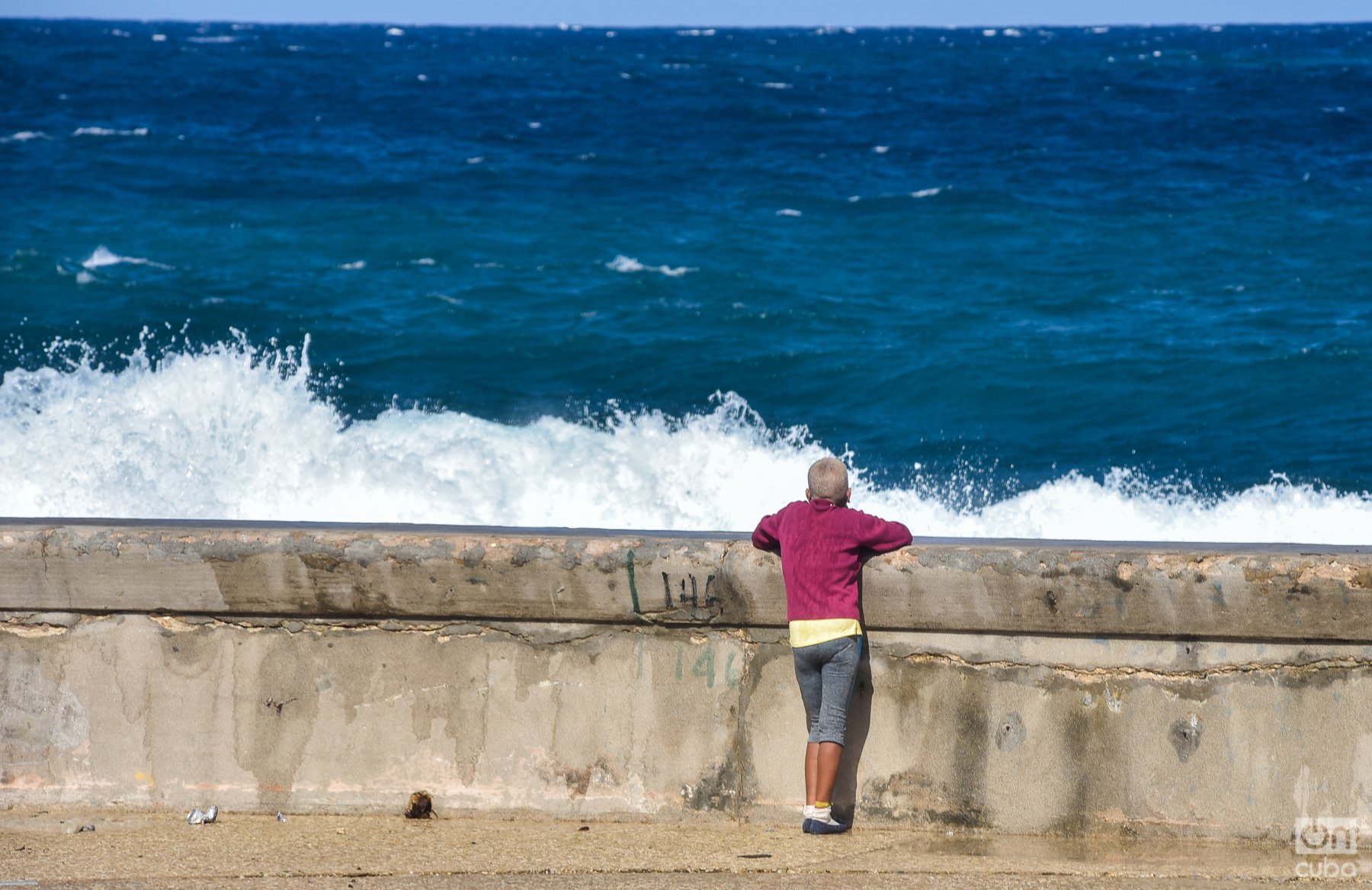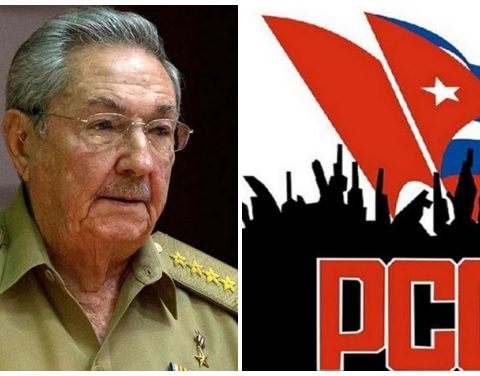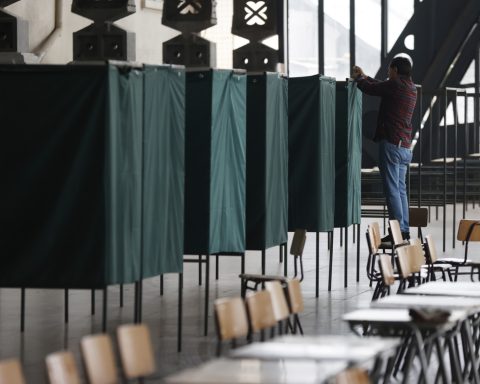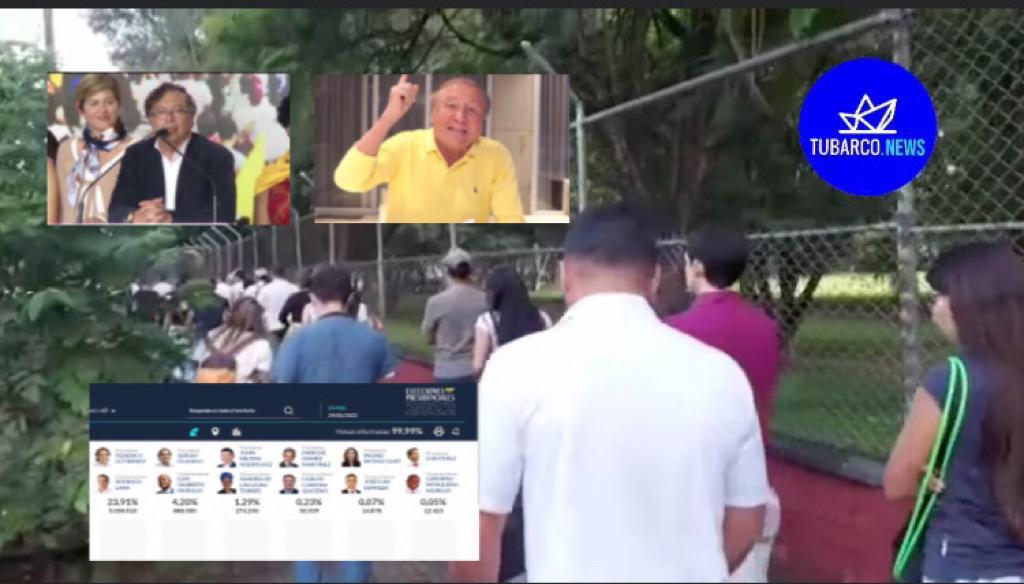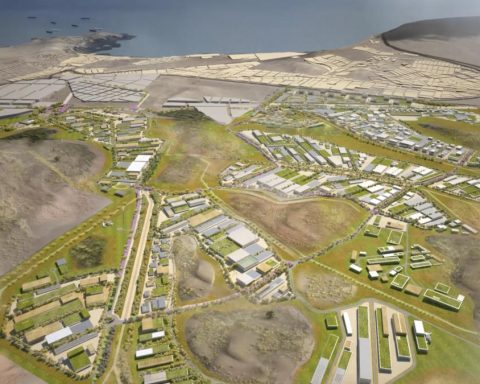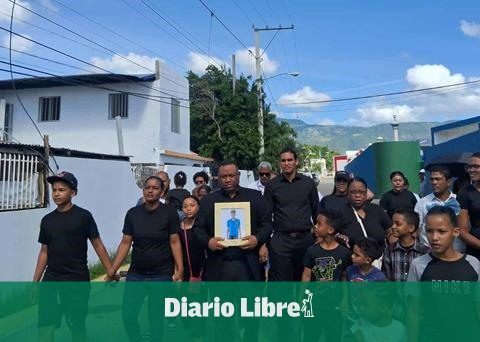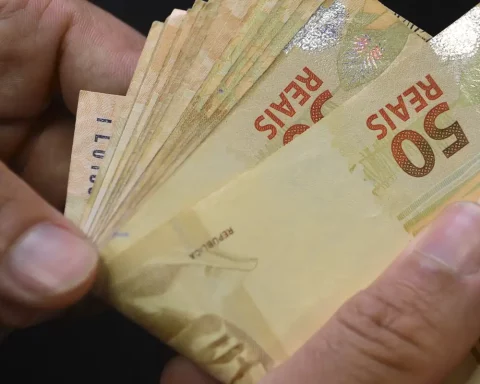Like the winds that come and go, so have been the movements of people who arrive and leave Cuba: people who arrive without wanting to, forced by the context, or wanting it with all their might; others who have left in search of new horizons, driven by deprivation or forced by different circumstances; and some more who leave and return to leave again… or stay.
Cuba the archipelago, the largest island in the Caribbean Sea, has been —and is— the epicenter of a continuous human movement that comes and goes. That going/returning, leaving/coming, is also a consubstantial part of what we call “Cuban identity” with its complexity of beliefs, values and practices that transcend borders to be Y Express oneself beyond “the circumstance of so many islands”.
The movement of people from Cuba to other countries, especially to the United States, has been commonplace since the 19th century and, after 1959, a trend driven and shaped by the transformations and internal circumstances of the Island, the migratory evolution of the Cubans, and especially for the policies and “moments” of Cuba-United States relations. Its most intense and extreme manifestation has been the emigration, by unconventional routes, of a significant volume of people in very short periods of time.
Today, we are experiencing a new migratory wave that, although it may have trends very similar to the one observed in the context of the reestablishment of diplomatic relations between Cuba and the United States (2015-2017), takes place in a more complex moment. It is no longer just about arriving by land and irregularly in the United States with all that it entails in terms of risk and vulnerability, but the presence of the coronavirusthe restrictive migratory policies by the United States to the regular departures of Cubans, the worsening of the internal crisis in the country, and the consequences of the geopolitical chess of both nations where the migratory movement has been a key piece of the different government agendas1has generated a difficult and insecure scenario for Cuban migrants.
The Cuban migrants who are currently arriving irregularly in the United States come from almost all of the Cuban provinces, have diverse socioeconomic origins and are characterized, for the most part, by having family relationships and ties in the United States that decisively support the of a long and strenuous journey mobilizing economic, social, information resources, and a long etcetera. Although the trajectory to arrive at the US border is very diverse, the elimination of the visa by Nicaragua since the end of 2021 is one of the most relevant elements that has triggered this profuse migratory flow, which has become an “escape valve” before migratory pressures from the United States and the internal crisis.
The Central American migratory route: testimony of a Cuban migrant (I)
But this time, unlike what happened in “Camarioca”, “El Mariel” or “the crisis of the rafters”, the vast majority of migrants do not leave Cuba by sea, although that exit route has also increased in recent years. recent times. Currently, itineraries by air to the American continent predominate, especially to Nicaragua, but also to other nations such as Panama, Ecuador, Brazil, etc., to make the journey by land through a variety of countries until reaching the border between Mexico and the United States. Joined. Aided by “polleros” or “coyotes”, the itineraries of this migration within Mexico are not unequivocal, but rather bifurcate, change, become disrupted to evade the authorities that have not been bought or due to the increase in border controls and expulsions of migrants in certain areas.
Thus, the journey from the South to the North Border is made through illegal, insecure routes, and through inhospitable places often controlled by the “narco” and where migrants are at the mercy of the people who transport and guide them. If you are lucky enough to arrive safely in a US border state after this stressful and exhausting journey, the situation that Cuban migrants may face is usually very diverse, since they are not received “with great fanfare,” as I am told. said a Cuban who made the crossing.
Although now it is very unlikely that they will be confined in a United States prison as it happened in the years after the elimination of the “wet foot, dry foot” policy, or their return to Mexico via the MPP or “Stay in Mexico” policy.two to wait to appear before a judge, this does not mean that the border is open, as the Secretary of Homeland Security warned a few days ago”3Therefore, the expulsion to Mexico or the return to the country of origin will continue to be generalized practices of the migratory policy of this North American administration. However, it is necessary to point out that migration management is very disparate and depends on the border region in which the migrants are located, the nationality and the number of migrants to be managed/served, and whether or not there are migration facilities and staff. duty manager. All this, in practice, translates into a diversity of modalities of management and “enforcement” of migration in general and Cuban migration in particular, which can vary overnight.
The Central American migratory route: testimony of a Cuban migrant (II)
In light of the current situation, the Cuban continues to be a “prioritized nationality”, as is also the case with the Nicaraguan or the Venezuelan4, but island migrants are not exempt from being managed according to US emergencies and priorities. Thus, although the most usual is that they are granted parole or the way I-220A5, especially if they arrive in “family units”, this does not happen with all the compatriots who arrive on US territory. In certain places, such as Texas, and when there is a high number of migrants that exceeds the capacity of the facilities to house them, it has been observed that the immigration authorities use the entire “repertoire” of instruments for migratory regulation, especially “Title 42”, and they return people to the Mexican side of the border regardless of their nationality, although this action does not prevent them from crossing again as many times as necessary to achieve their objective.6
With this brief account of the context and general trends of migration in recent months, we will begin a series of works on the Cuban migratory wave of the twenties of the 21st century: the reasons for migrating to the United States, its itinerary and migratory experiences. Thanks to the extraordinary kindness and solidarity of the people who shared their difficult and exhausting experiences with us, we can learn about and treasure the experiences, dreams and aspirations of these migrants who were born fundamentally during the “special period” and the crisis of the 1990s, although in this Cubans of different generations participate in the migratory movement. To all of them, thank you very much for offering us your time and stories.
***
Grades:
1 Either to control the irregular migratory flow coming from the Island in the case of the Biden administration, or in order to relax the economic and political restrictions on the Cuban government by the United States.
two On January 25, 2019, the presidents of the United States (Donald Trump) and Mexico (Andrés Manuel López Obrador) launched the “Stay in Mexico” or MPP (Migrant Protection Protocol) program. Under this agreement, US border officials return asylum seekers to Mexico to await the judge’s decision on their case. see about it Human Right Watch, “Stay in Mexico. Information and resources”February 7, 2022.
3 “US borders are not open, Secretary Mayorkas warns immigrants“, in The opinionMay 25, 2022.
4 Imelda Garcia, “Removal of migrants under Title 42 depends on their nationality“, in UpDallasMay 2, 2022.
5 The USCIS (United States Citizenship and Immigration Services) defines on its page that the temporary residence permit ‘parole’ “allows a person who is otherwise inadmissible or ineligible to be admitted to the United States, to travel and remain in the United States. for a period of time. Likewise, the I-220A form is a permission to be free in the United States but under immigration supervision. Information available at https://www.uscis.gov/es/forms/exploremyoptions/humanitarianparole.
6 American Immigration Council, “A Guide to Title 42. Expulsions at the Border”, May 2022.
